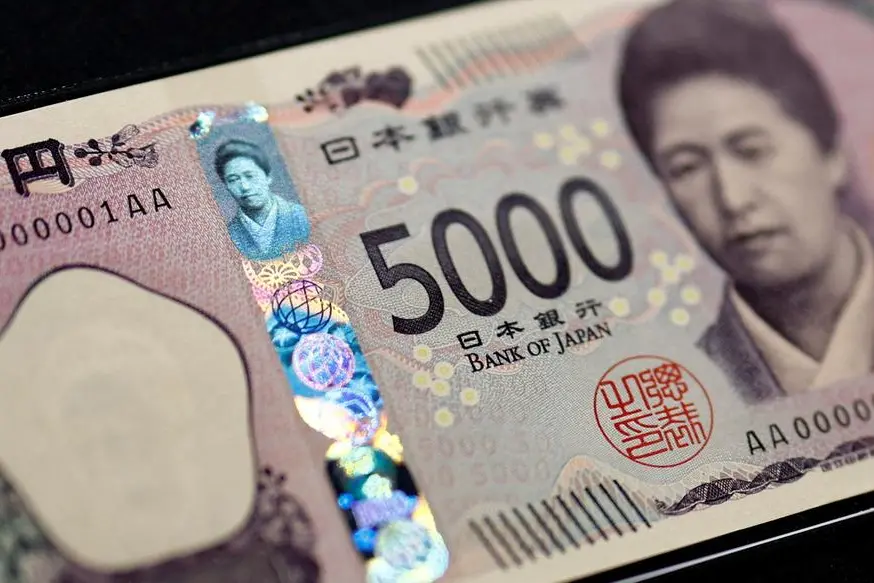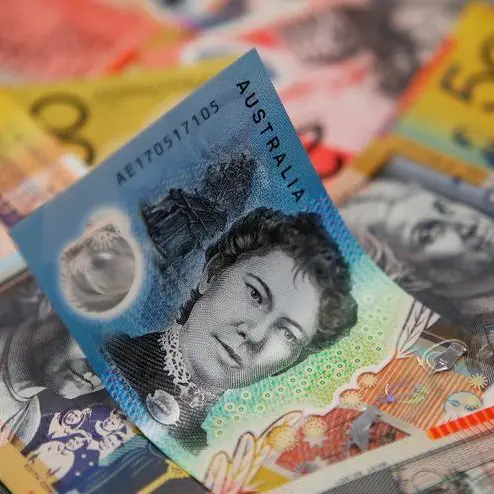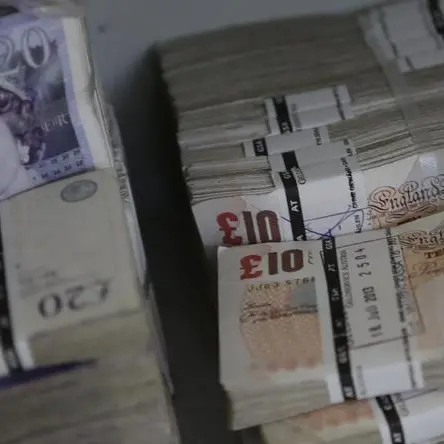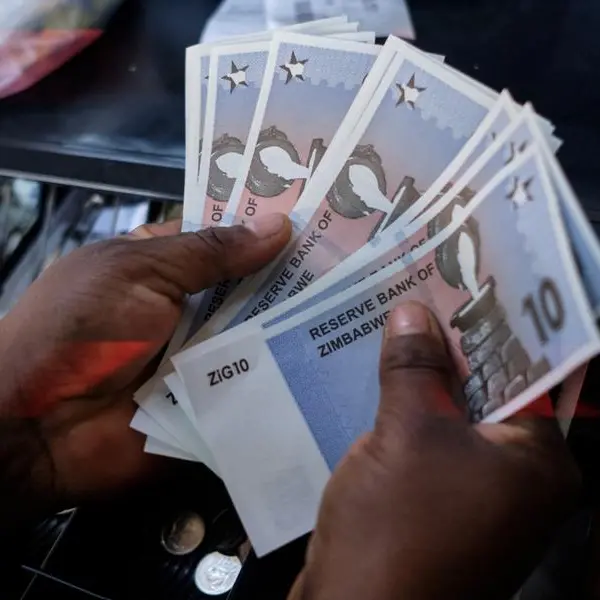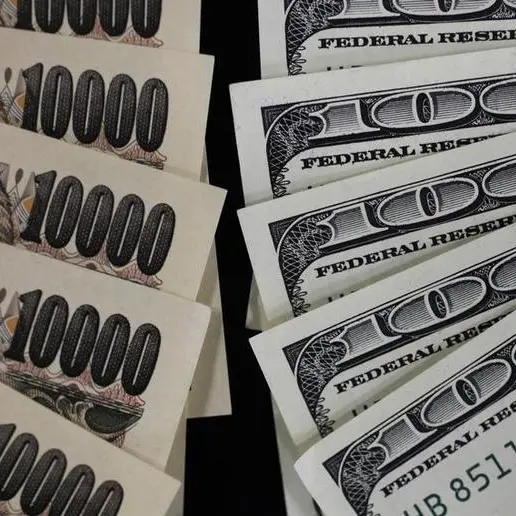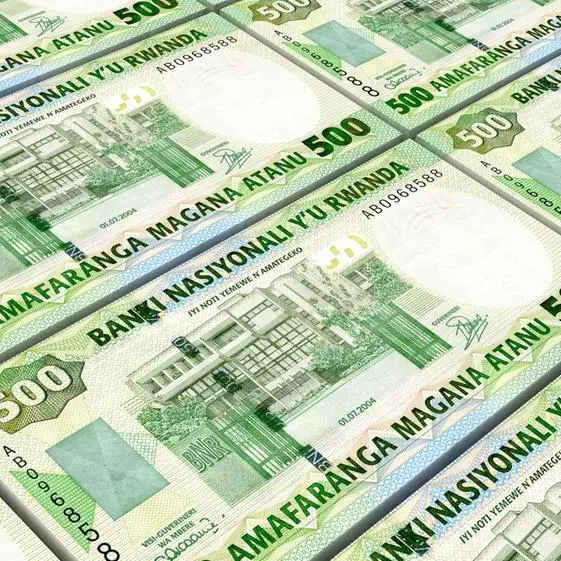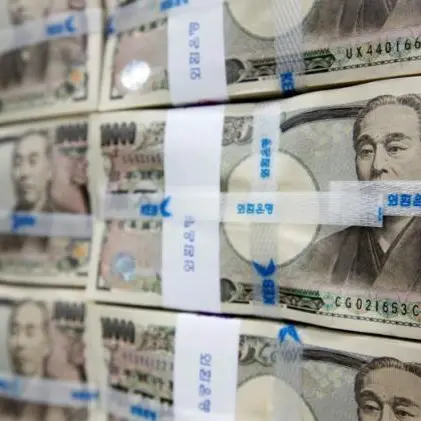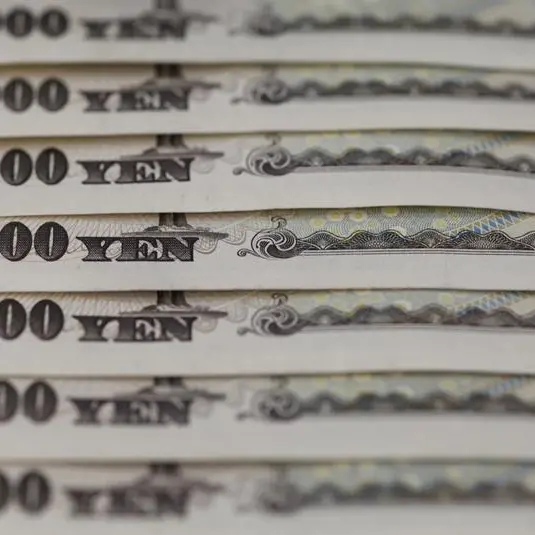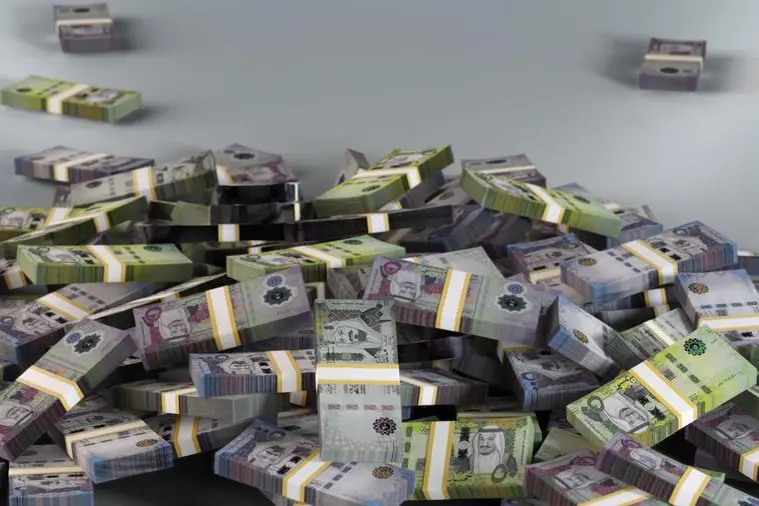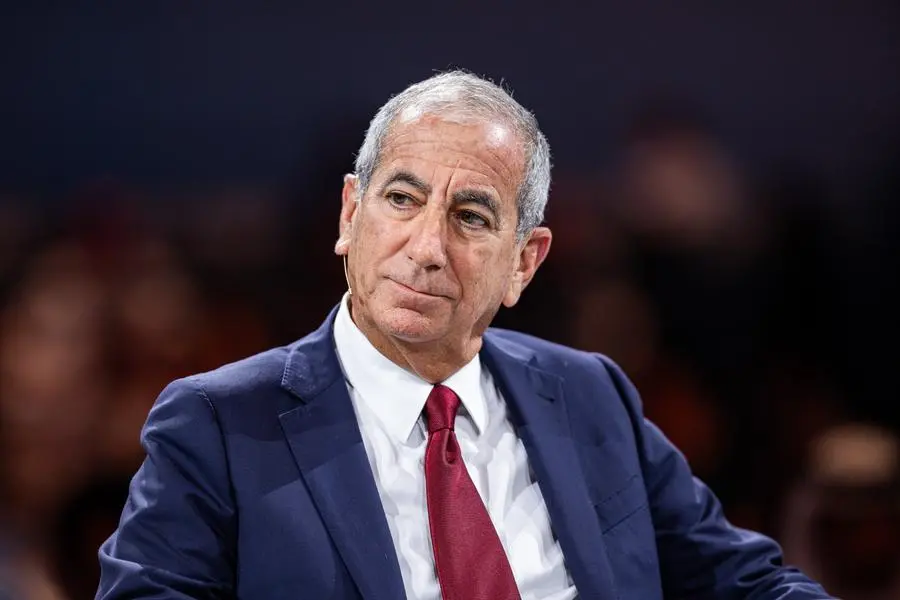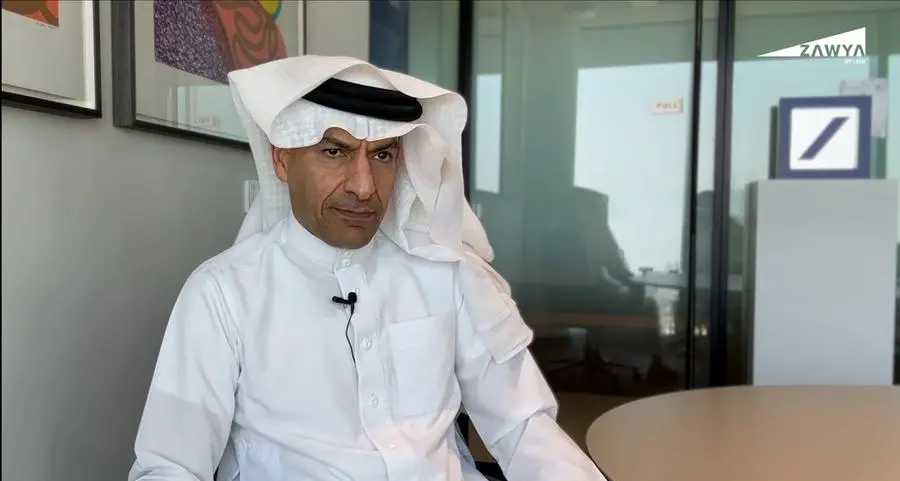PHOTO
The yen strengthened steadily against the dollar on Wednesday, with traders suspecting another round official buying after Japanese authorities last week likely stepped in to haul the currency away from 38-year lows.
The dollar was last down 1.22% at 156.34 yen, its lowest in around a month. The euro was also down 0.9% on the yen.
The Japanese currency has posted several outsized moves in recent days, appreciating sharply on Thursday and Friday from near 38-year lows, sudden rallies which market participants said had the hallmarks of currency intervention.
Bank of Japan data released on Tuesday suggested Tokyo may have spent 2.14 trillion yen ($13.5 billion) intervening on Friday. Combined with the estimated amount spent on Thursday, Japan is suspected to have bought nearly 6 trillion yen via intervention last week.
Japan's Ministry of Finance was not immediately available for comment when contacted earlier by Reuters. Authorities have recently made it standard practice to not confirm whether they stepped in.
Japan's top currency diplomat Masato Kanda said on Wednesday he would have to respond if speculators cause excessive moves in the currency market and that there was no limit to how often authorities could intervene, Kyodo News reported.
"Current valuations are still stretched and the yen is still undervalued, so a bit more activism in FX markets from Japan is the way to correct any misalignments," said Geoff Yu, senior macro strategist, BNY Mellon, London.
"But we have to wait for official confirmation."
The likely intervention in the past week is the second such bout this year.
Tokyo spent roughly 9.8 trillion yen ($61 billion) defending the yen at the end of April and in early May, according to official data, after the currency hit a 34-year low of 160.245 per dollar on April 29.
But the yen continued to grind lower, hitting its lowest since December 1986 at 161.96 on July 3.
It has lost over a third of its value against the dollar in under three years, partly as a function of the large difference in interest rates between Japan and those elsewhere, but particularly those in the United States.
This discount encourages traders to sell the yen in favour of higher-yielding assets and pocket the difference, a set-up known as a "carry trade".
The BOJ ended eight years of negative interest rates in March. The new short-term rate target range of 0-0.1% is still at a substantial discount to U.S. rates at 5.25-5.50%.
The central bank meets at the end of this month and policymakers have dropped hints a rate rise might be on the cards.
(Reporting by the EMEA and Asia markets teams,writing by Alun John; editing by Amanda Cooper and Miral Fahmy)
